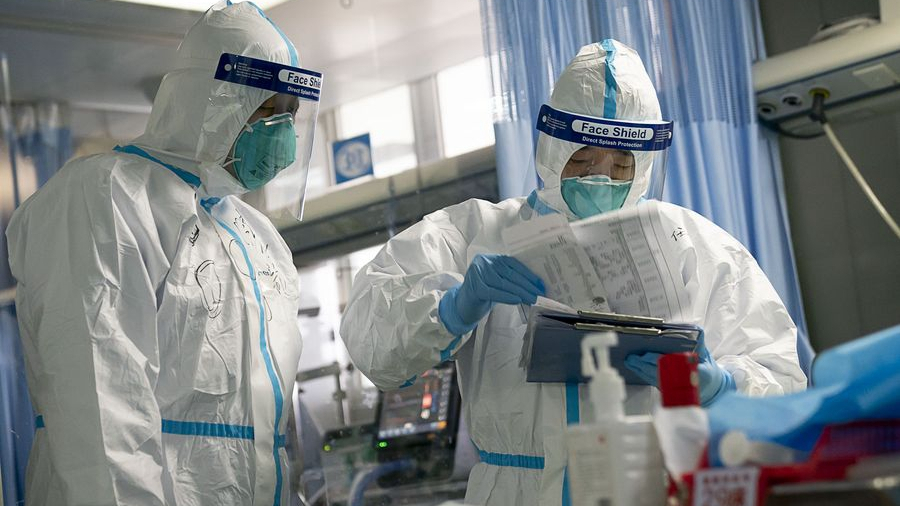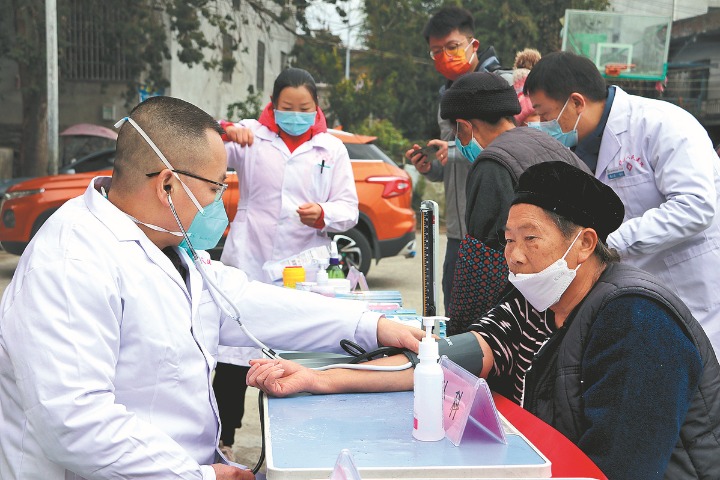Why were the designated hospitals in Wuhan not overwhelmed at the peak of the outbreak?
It is important to note that the information provided in this Series is intended for your general knowledge only and is not a substitute for professional medical advice or treatment.

At the beginning of the epidemic, as the number of COVID-19 cases skyrocketed, medical institutions, especially the designated hospitals in Wuhan, were overwhelmed due to limited healthcare resources. Facing such situation, strategic deployments and adjustments were timely made to the designated hospitals to prevent the collapse of the medical system.
First, more hospitals and beds were made available. Thanks to the construction of the Huoshenshan Hospital and the Leishenshan Hospital, as well as a series of requisitions and flexible transformation of other hospitals, the number of designated hospitals increased from only one, the Jinyintan Hospital, to 55. The beds expanded to 24,387, accounting for nearly one-third of the total in Wuhan's hospitals.
Second, only COVID-19 patients in severe condition were admitted to the designated hospitals through precise identification. In order to assuage hospital bed shortage and improve the efficiency of medical resources, the designated hospitals updated their functions continuously. Starting from February 5, the designated hospitals only admitted patients who suffered from severe or critical symptoms and critically ill suspected cases. By doing so, these hospitals were well-positioned to achieve the goal of "accepting as many patients as they should be".
Third, the demand for treatment of critically ill patients fell through a "coordinated war" on the virus. The makeshift hospitals timely treated a large number of mild cases and reduced the possibility of these cases developing into severe ones. It is worth mentioning that combined traditional Chinese and western medicine treatment played an important role in this regard, the rate of patients with mild symptoms turning severely unwell dropped sharply to about 2-5 percent. In addition, measures such as lockdown of cities and home quarantine effectively curbed the spread of the virus, greatly easing the pressure on the designated hospitals.
Fourth, the shortage of health professionals was addressed thanks to nationwide assistance. More than 40,000 doctors and nurses, including top professionals in respiratory, infection, and ICU (11,000 ICU doctors, accounting for nearly 10 percent of the national total), joined the medical teams in local hospitals in Wuhan and other places in Hubei. Affectionately known as "angels in white", medical workers with strong work ethics rushed to the frontline bravely and provided tremendous support for emergency response.
Fifth, infection of medical staff is controlled because of adequate protection. The designated hospitals minimized the risk of infection among medical workers and prevented cluster of cases and super spreaders through scientific transformation of infrastructure, strict formulation of protection protocols, priority allocation of supplies and materials, and optimization of the work scheduling process.
As a result, Wuhan effectively removed the sticking points that would affect treatment. The overloaded situation of designated hospitals did not occur any more at the apex of the outbreak.
Author:
Zhong Sheng,Center for International Knowledge on Development
Please feel free to contact us by sending your questions to question@chinadaily.com.cn or commenting on China Daily app. We will ask experts to answer them.














